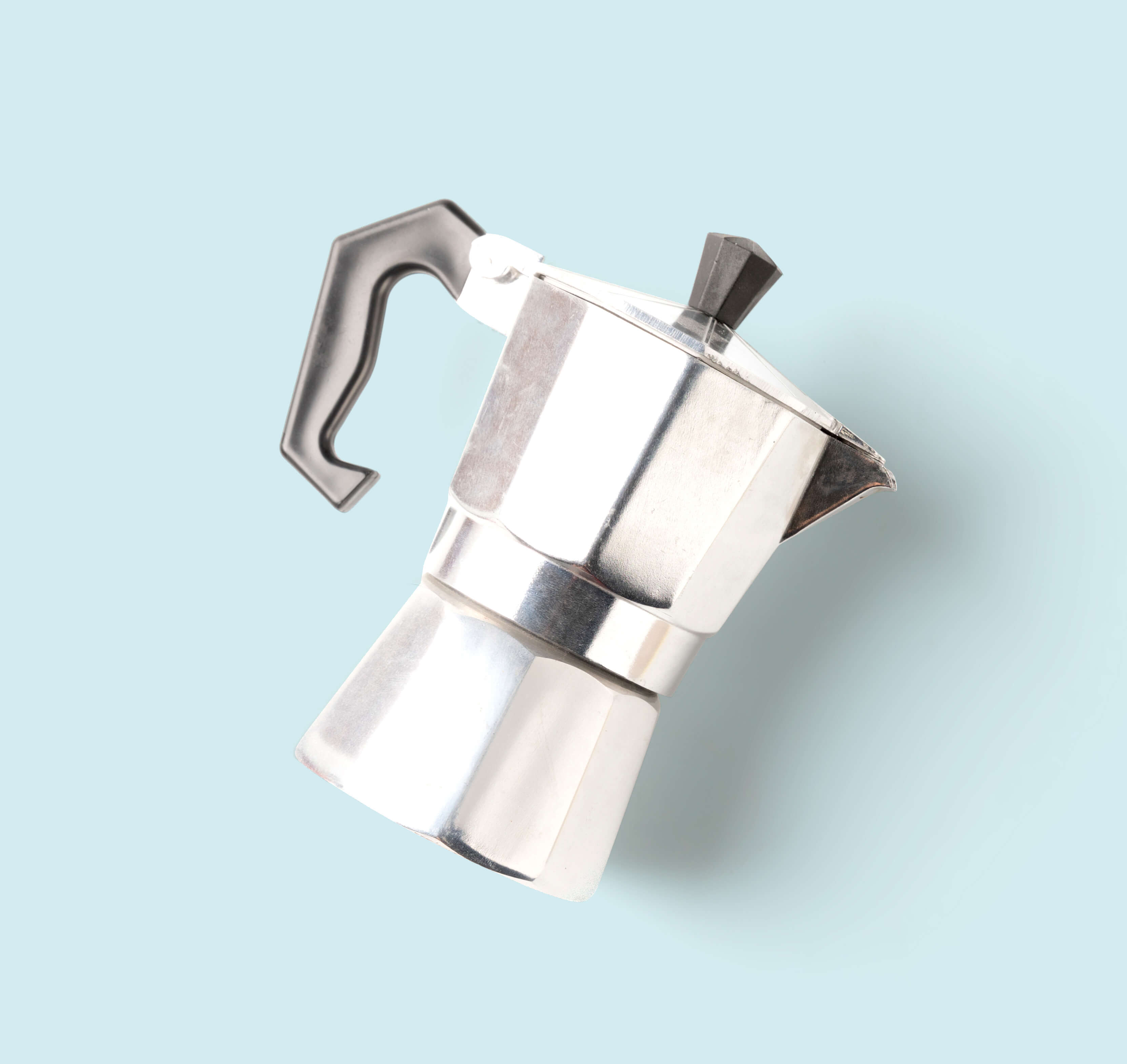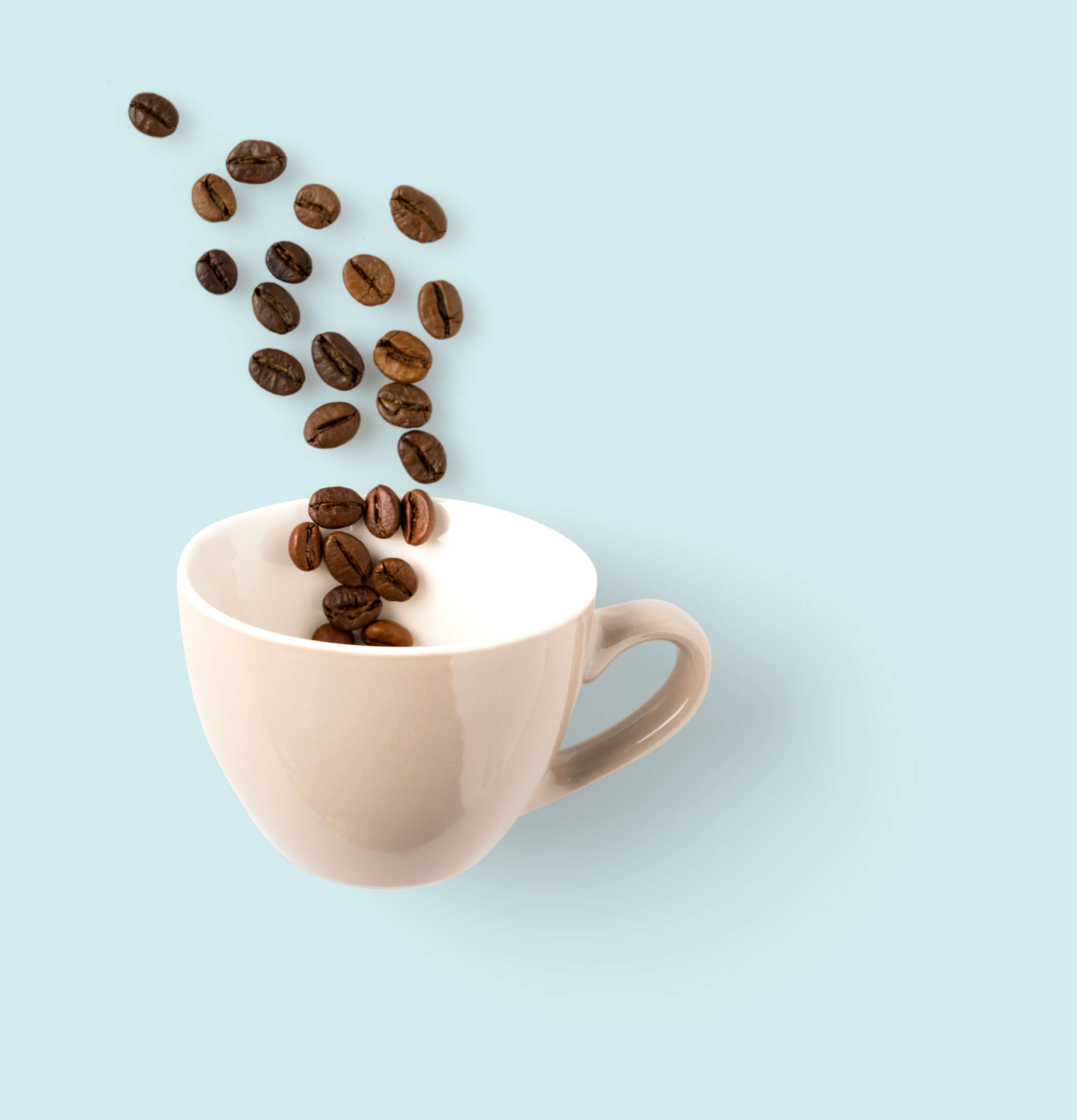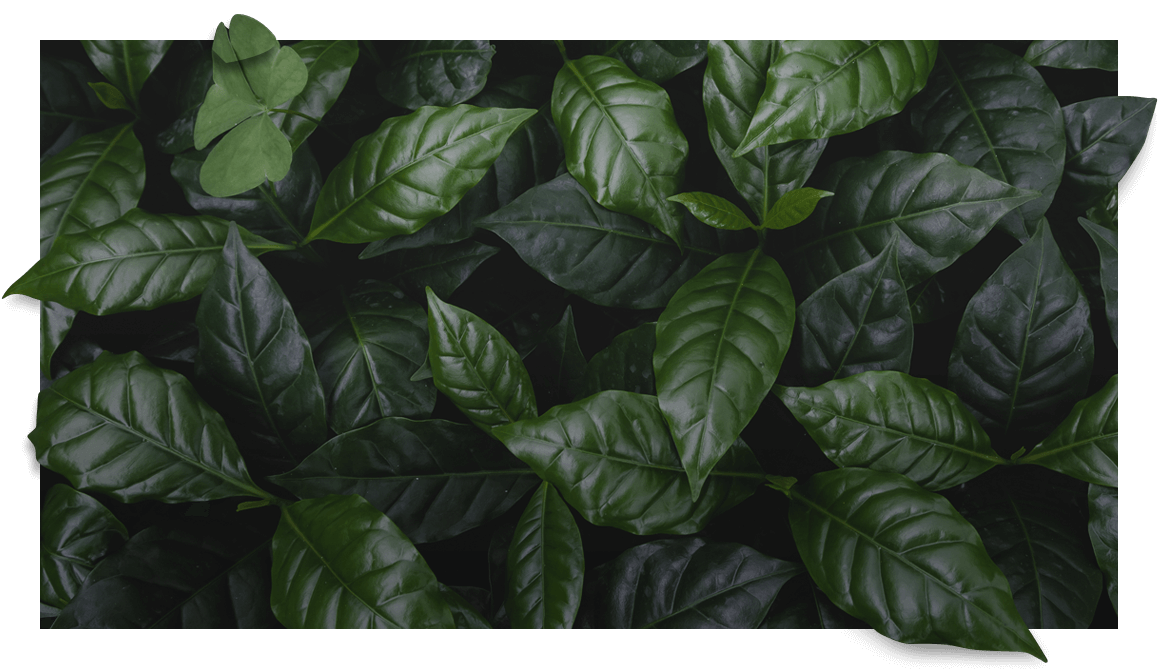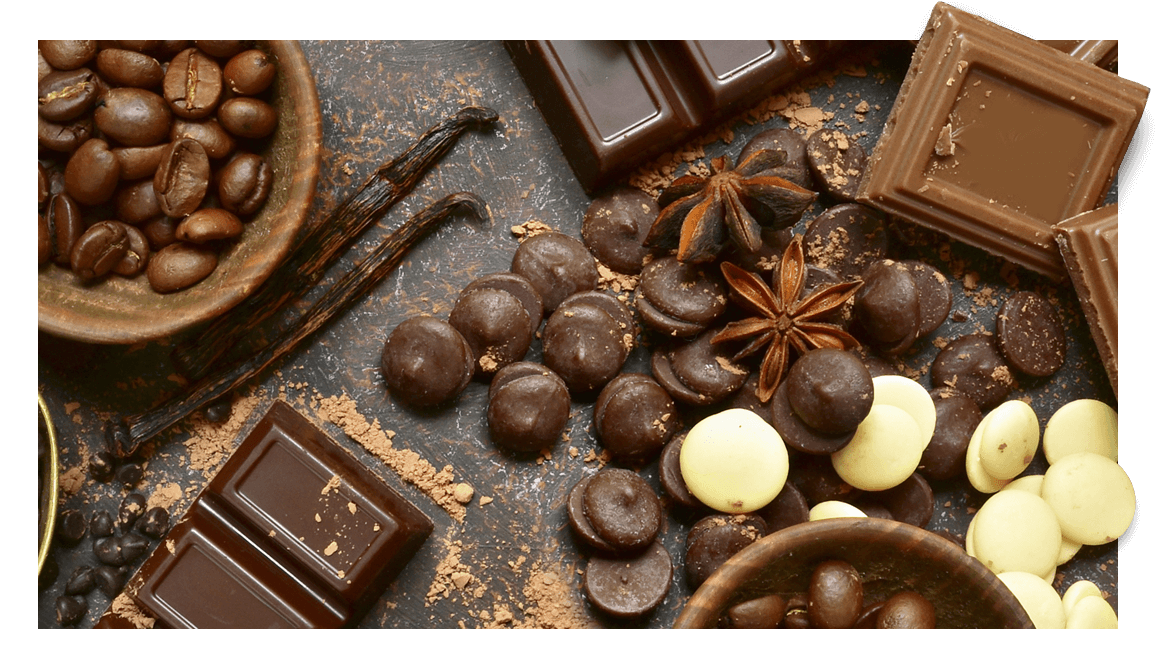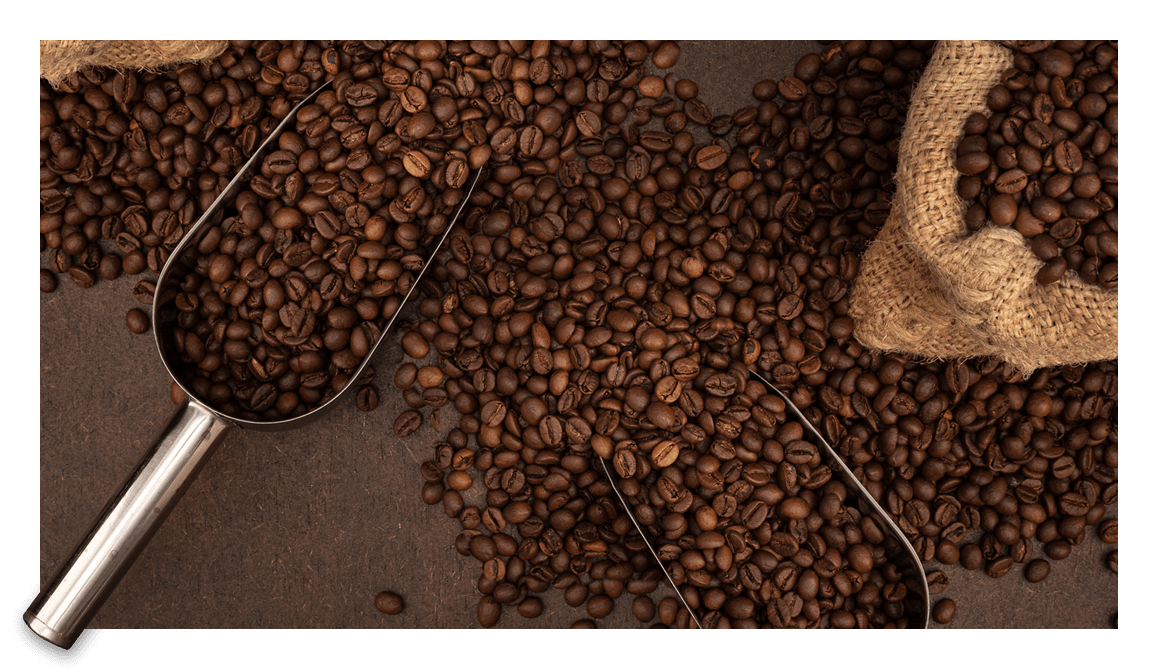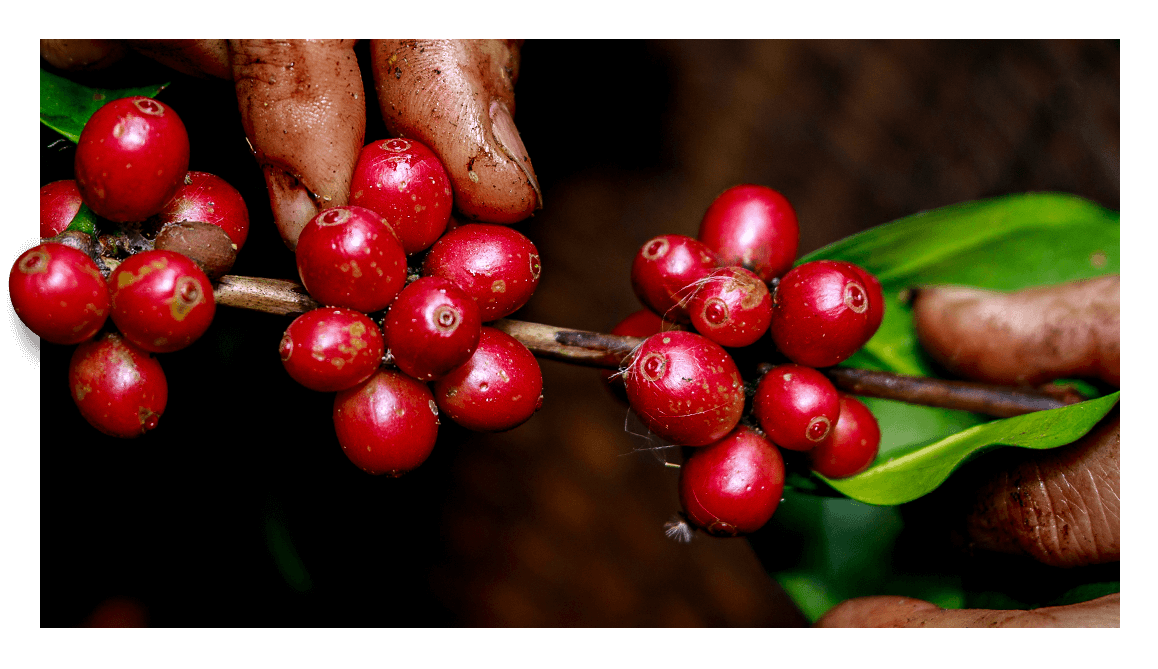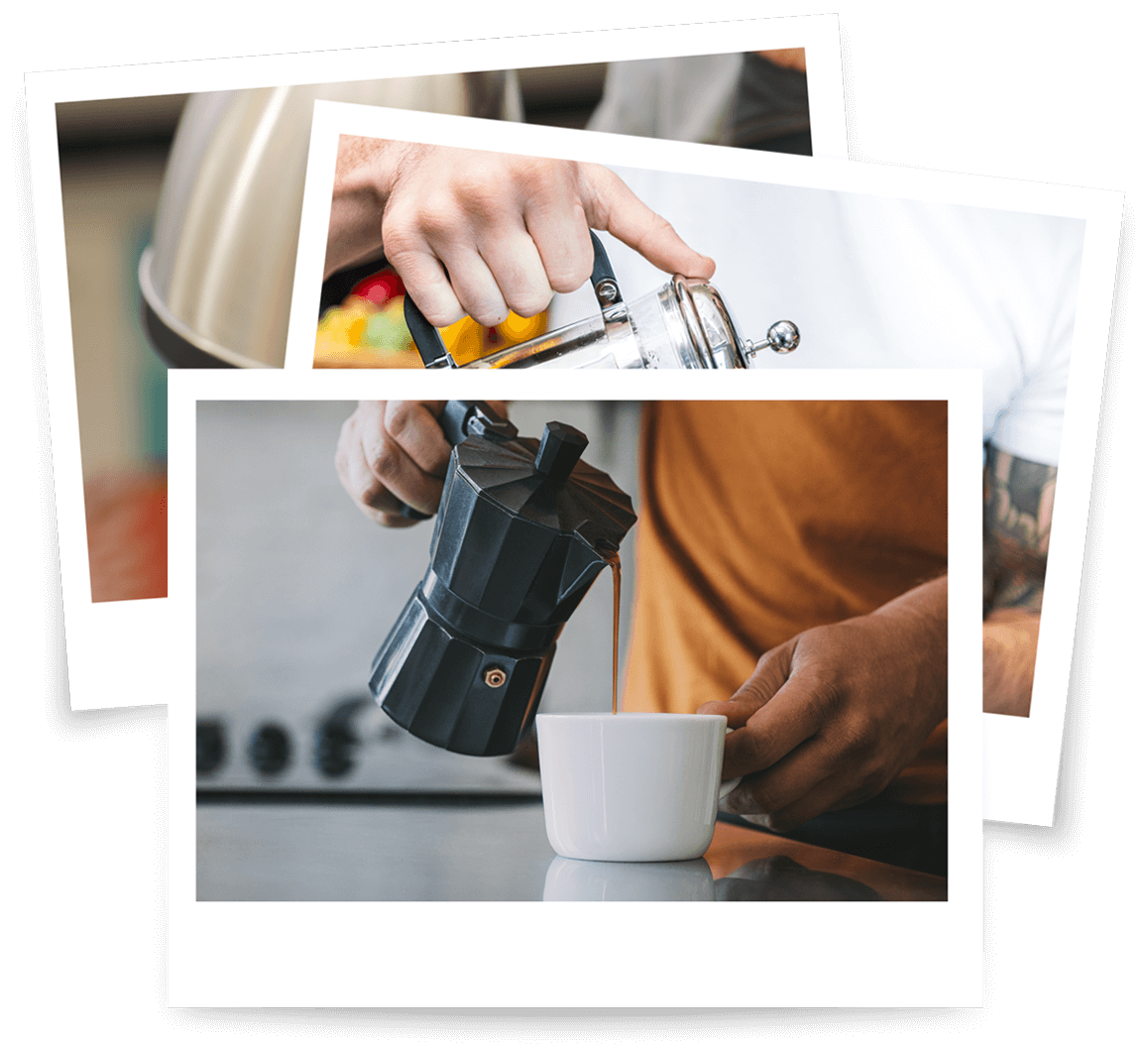What Is the Best Non-Dairy Milk Alternative for Coffee?
As coffee lovers, we understand every cup is a chance to explore new flavours, aromas, and textures. Whether you’re dairy-free by choice or necessity, finding the perfect non-dairy milk alternative for coffee can make all the difference.



